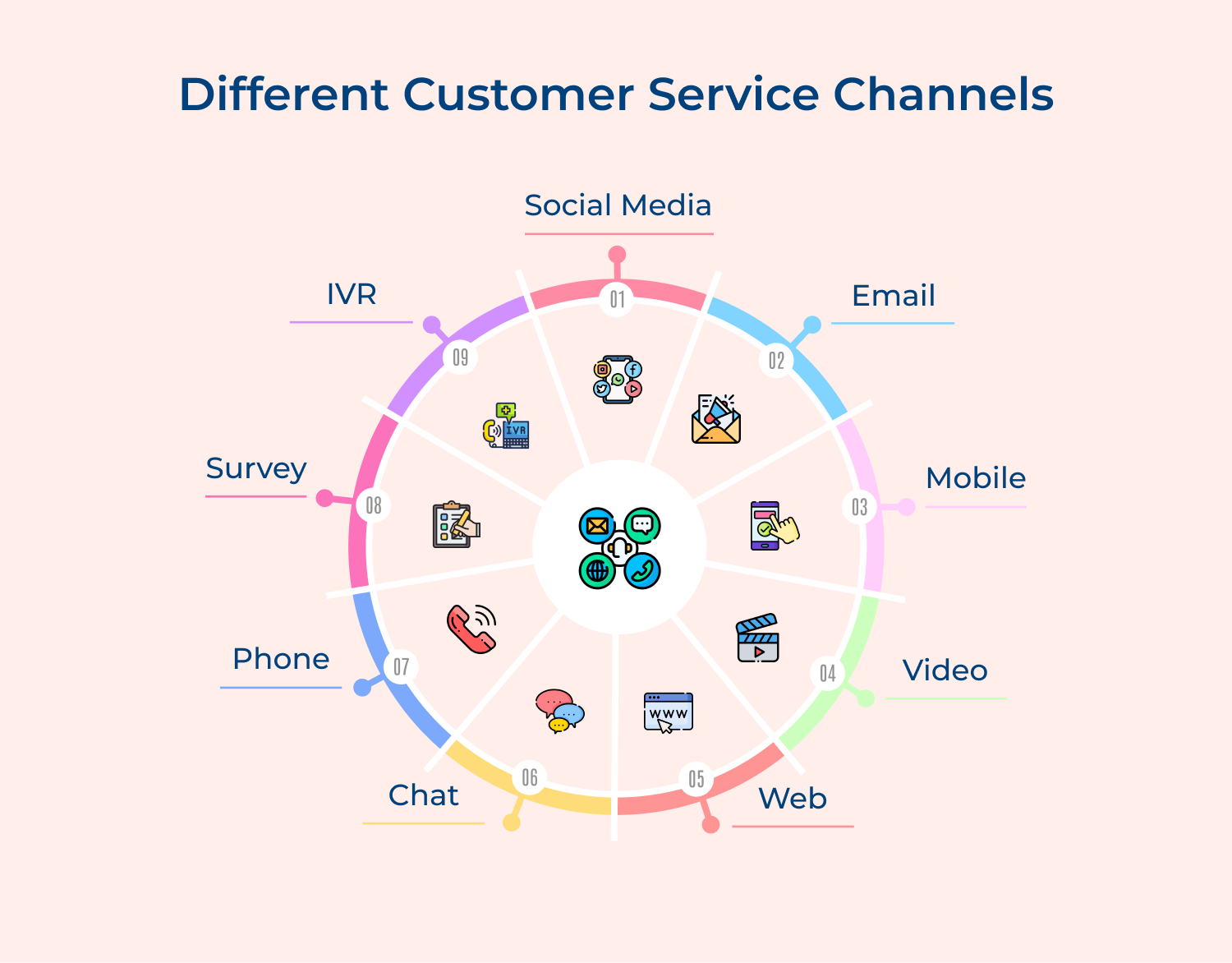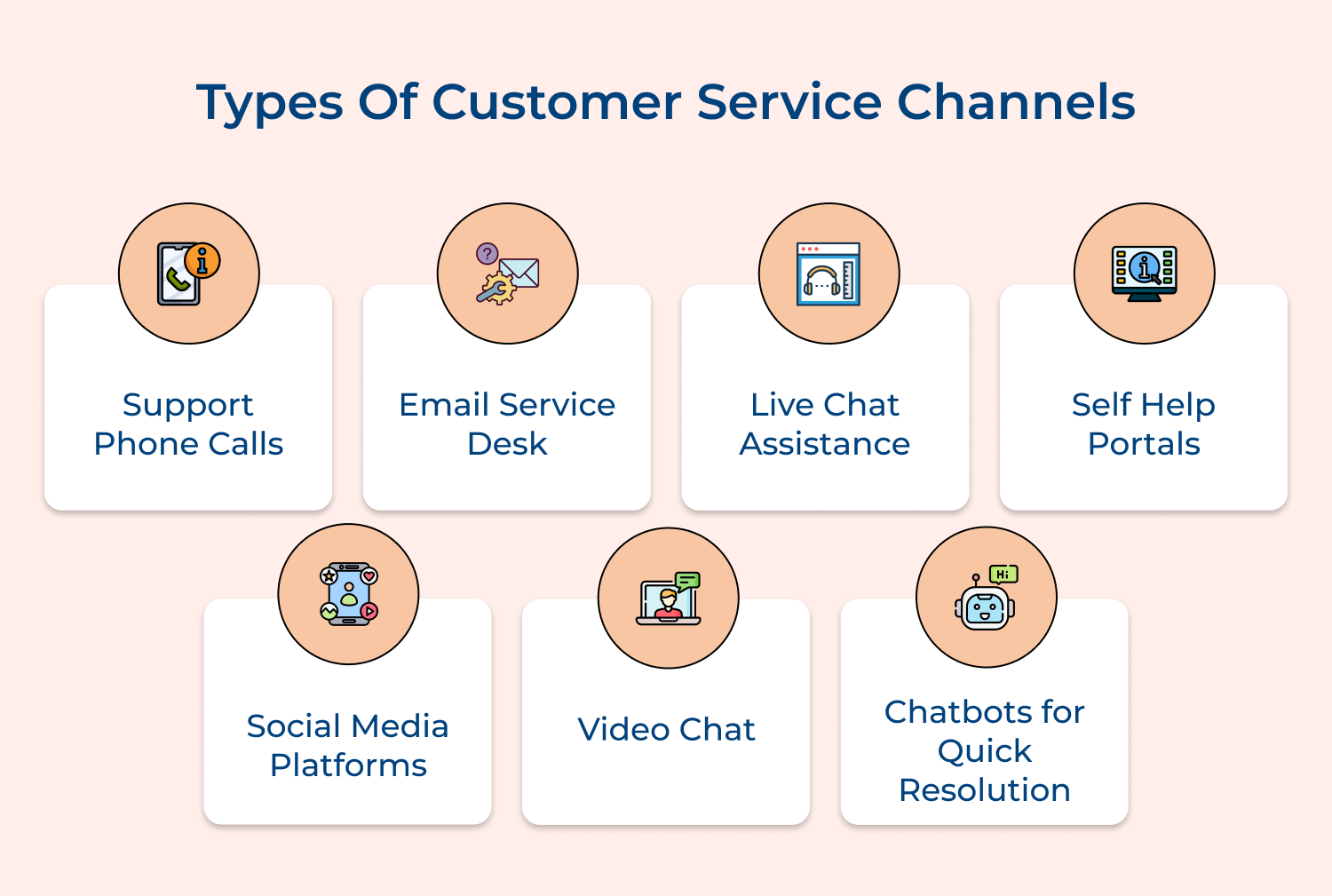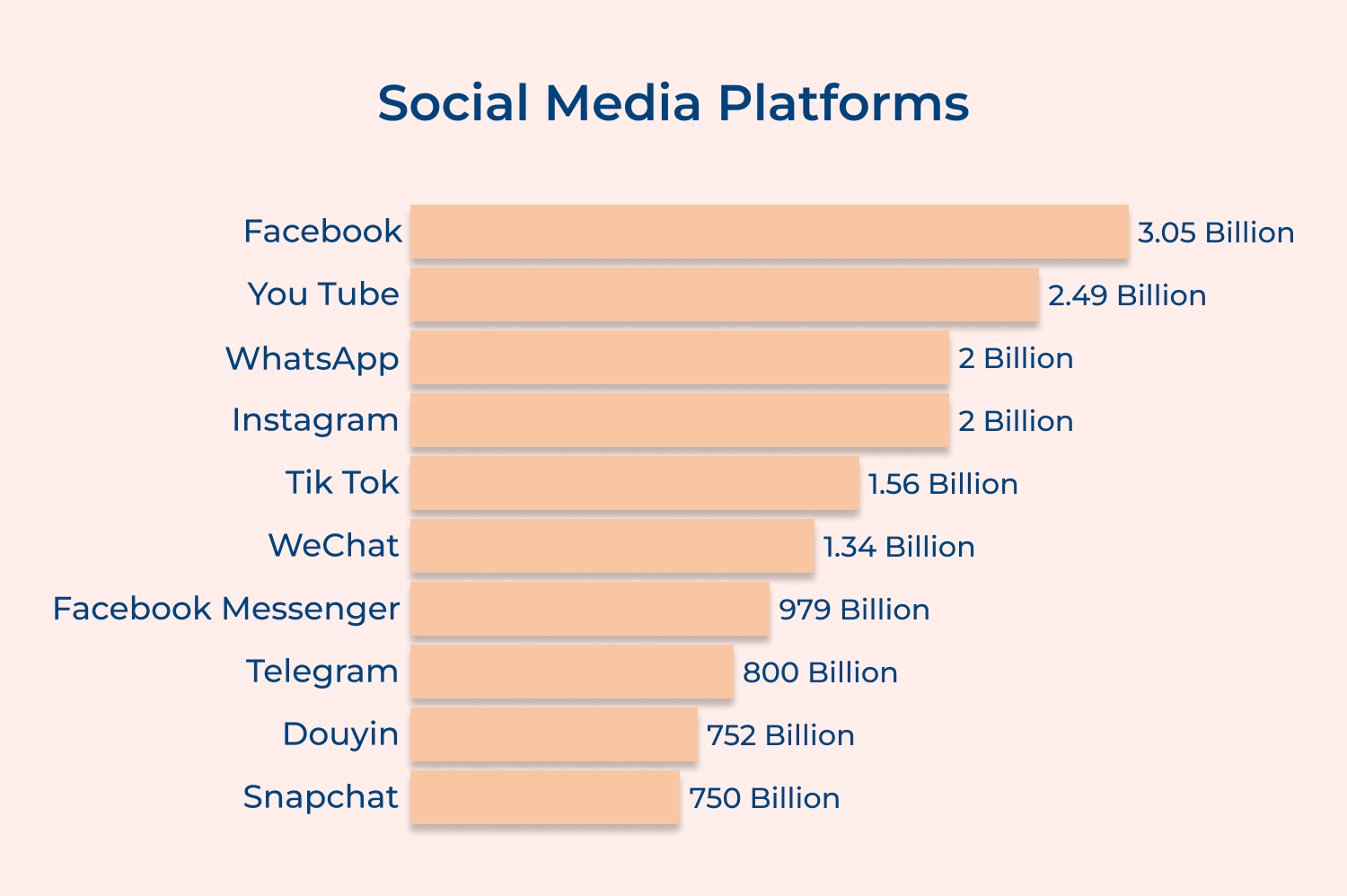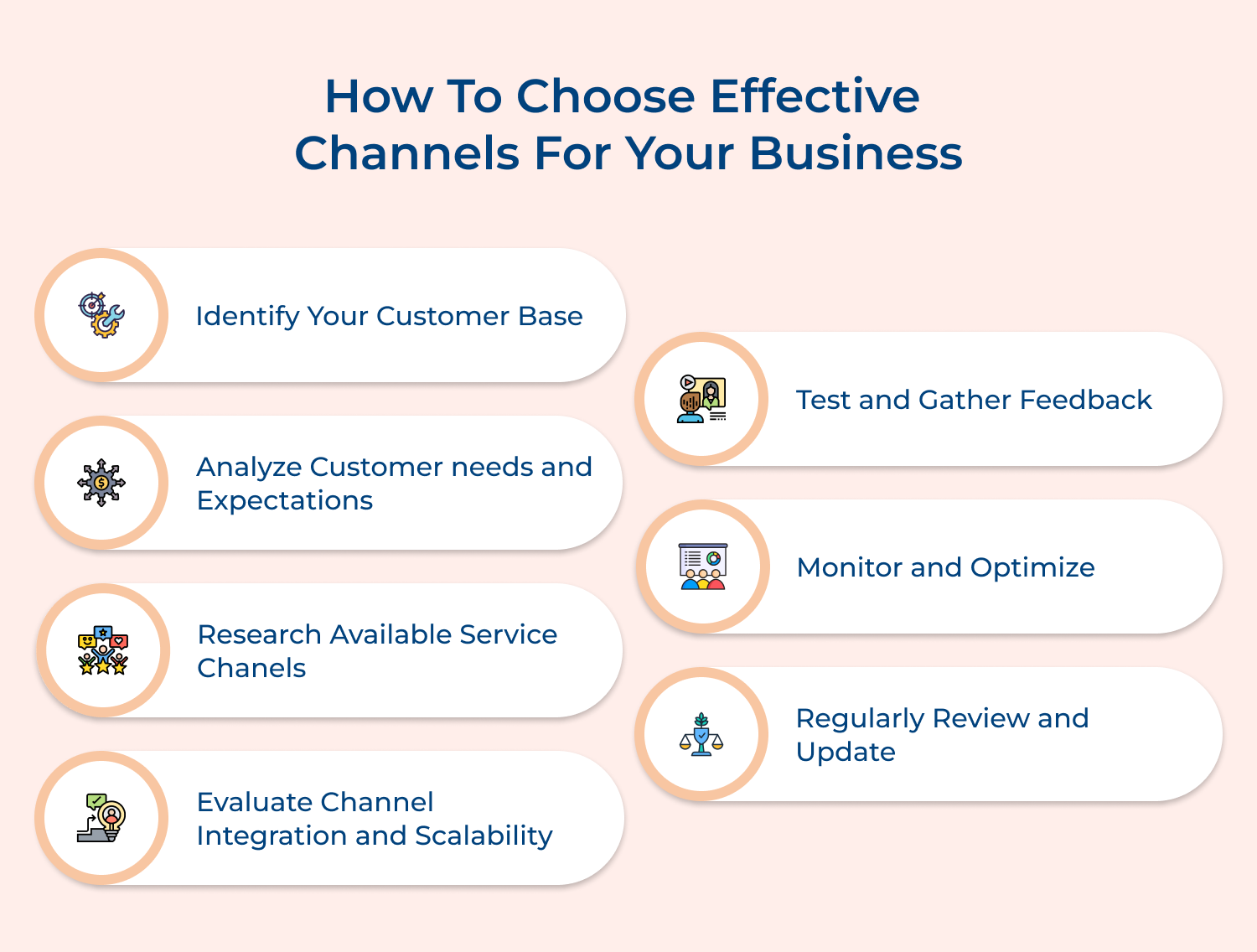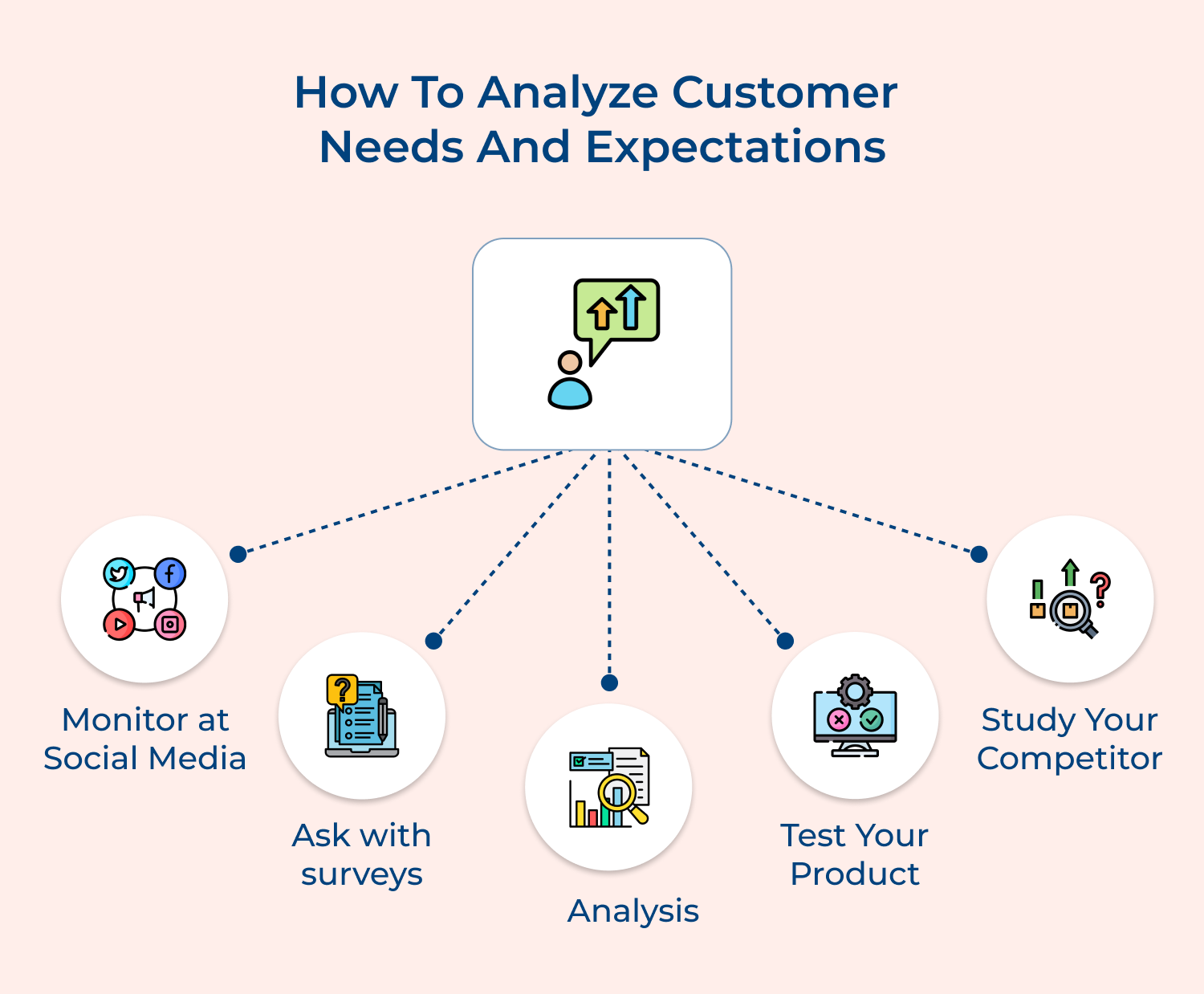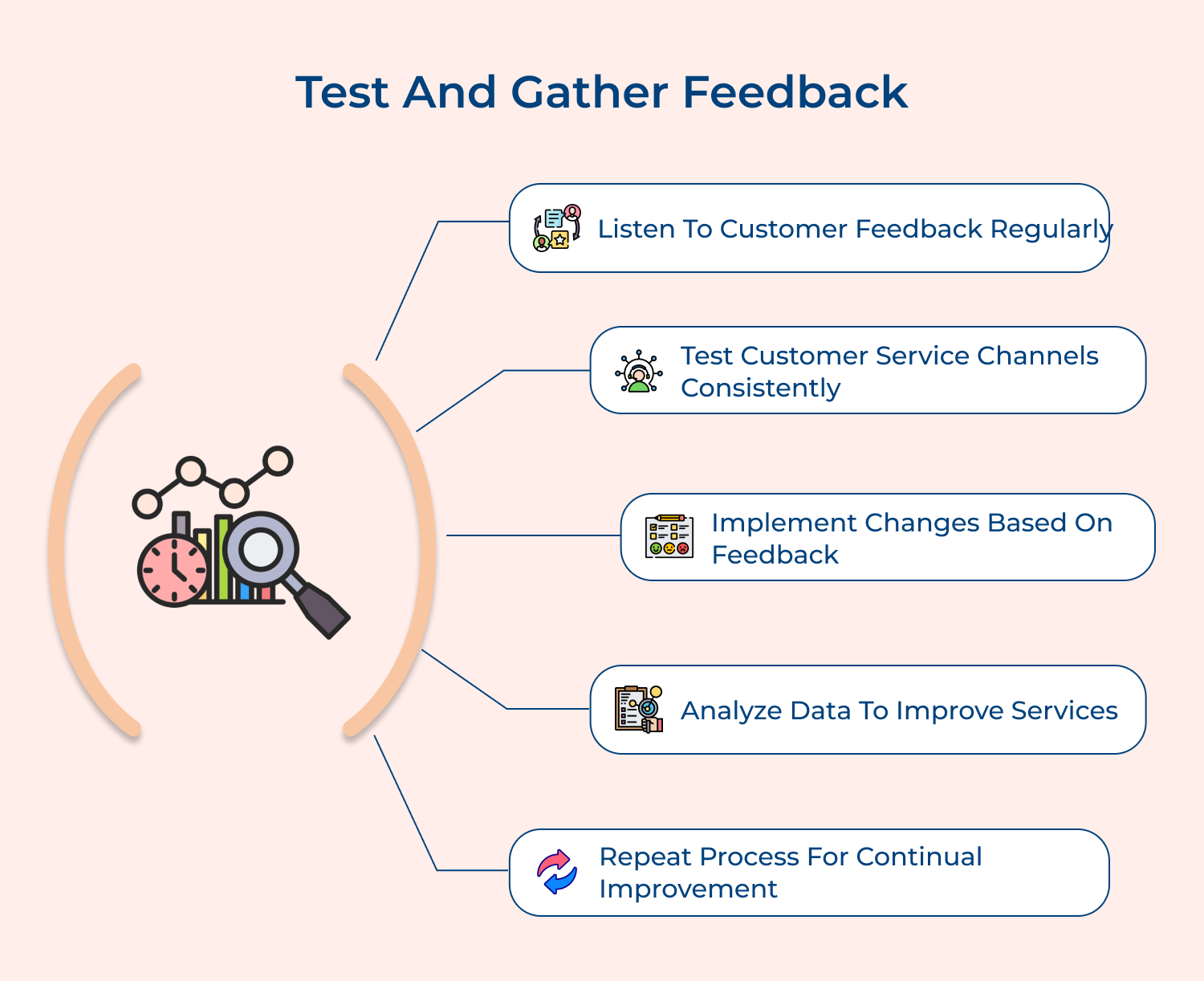1. Offer a Multi-Channel Approach
Provide customers with various channels to contact your business, such as phone, email, live chat, social media and self-service options. It allows customers to choose the most convenient method for them.
2. Respond in a Timely Manner
Promptly addressing customer inquiries or issues demonstrates your commitment to excellent customer service. Aim to respond within the same business day or even sooner, especially for urgent matters.
3. Train and Empower Customer Service Representatives
Ensure your customer service team is well-trained in handling customer inquiries and complaints effectively. Give them the authority to resolve common issues on the spot, without the need for unnecessary escalations.
4. Implement Self-Service Options
Provide customers with self-service options, such as an FAQ section or a knowledge base, where they can find answers to common questions. It empowers customers to find solutions on their own, reducing the need for direct contact with your team.
5. Implement a Customer Feedback Loop
Regularly seek feedback from your customers through surveys, feedback forms, or online reviews. Use the feedback to identify areas for improvement and make necessary changes to enhance the customer experience.
6. Continuously Improve Response Time
Measure and analyze your response times for different channels. Set benchmarks and work towards consistently improving response times to ensure customers receive timely assistance.
7. Stay updated with Technology and Trends
Regularly assess emerging technologies and customer service trends. By staying updated, you can leverage new tools or platforms to enhance your customer service channels and meet evolving customer preferences.
Utilize Omni Channel Customer Service for Excellent CX
Businesses have a plethora of customer service channels to choose from. Each channel has its own advantages and caters to different customer preferences. It is essential for businesses to choose the right customer service channels based on their target audience, industry and resources.
Brands can deliver exceptional customer service and maintain a competitive edge in customer-centric markets by utilizing these channels effectively. Utilizing a combination of the channels helps businesses to deliver efficient and effective customer service, ultimately enhancing customer satisfaction as well as loyalty.
